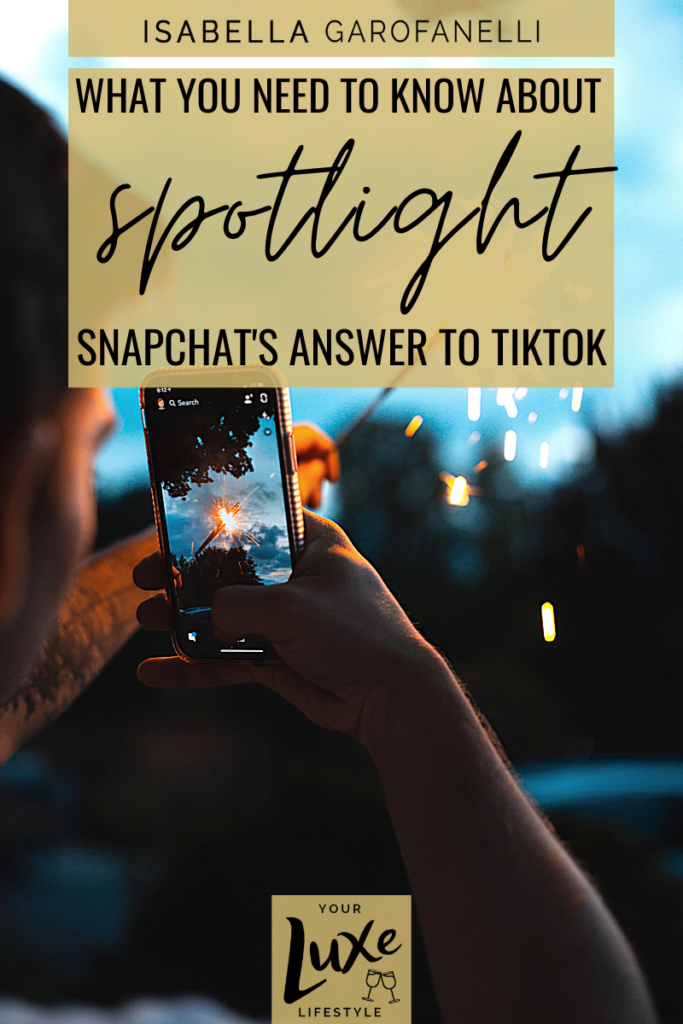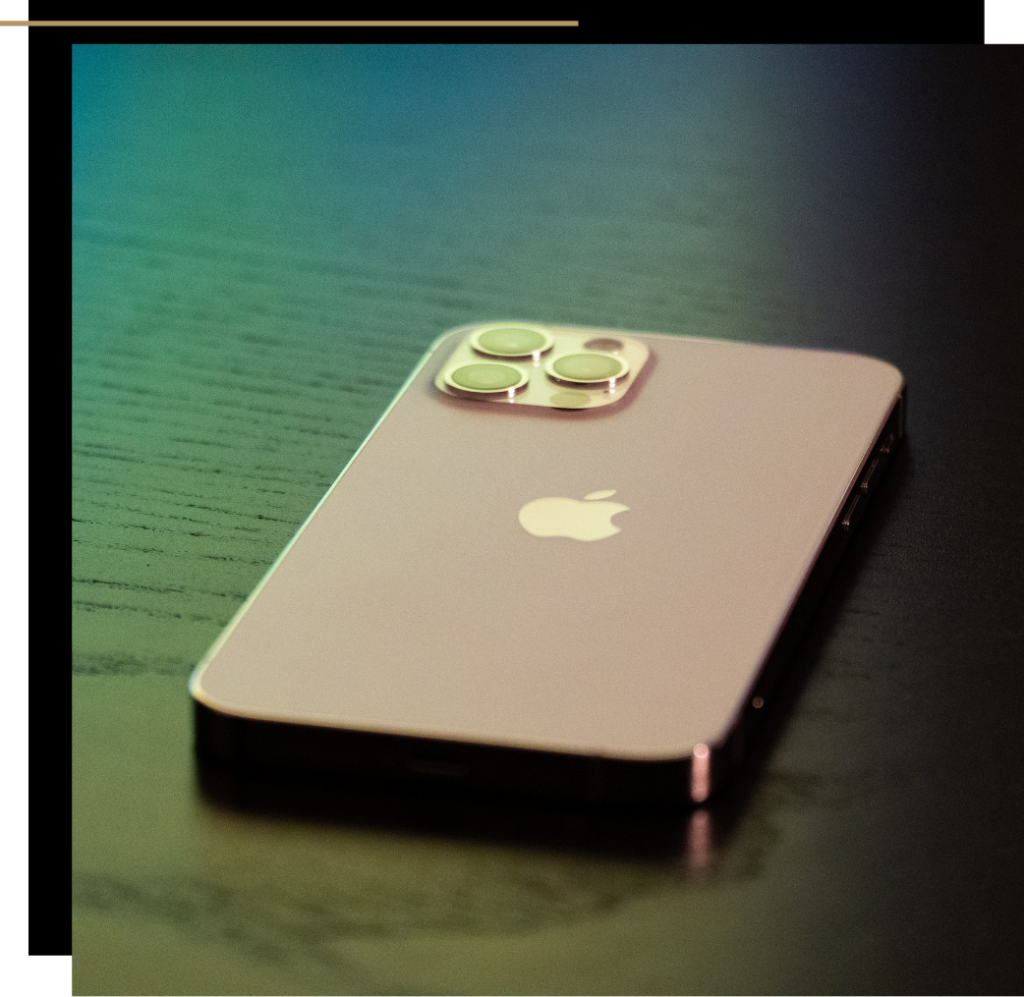As I’m sure you’re aware, TikTok has pretty much taken over the world, but old favorites like Instagram and Snapchat aren’t going down without a fight. It came as no surprise when Instagram launched its remarkably similar Reels feature and now Snapchat’s at it too. In November 2020, Snap Inc. unveiled Spotlight, a brand new in-app video feed that delivers users an endless stream of short form video content. Sound familiar? Spotlight’s similarity to TikTok is undeniable, but there are some key differences to be aware of. Let’s dive into the details of this new feature and explore how it could benefit your business.


What is Spotlight?
In a nutshell, it’s Snapchat’s answer to TikTok. Users are able to upload video clips up to 60 seconds in length to the Spotlight feed. A quick scroll reveals that many of the same songs, pranks and trends are popular across the two platforms. Like TikTok and Reels, Spotlight is designed for viral content.
As a viewer, you get a never-ending feed of content the algorithm thinks you’ll enjoy. You don’t have to be friends with someone – or to have any idea who they are – to see their Spotlight content.


How to View Spotlight
When you open the Snapchat app, there’s a menu across the bottom of the screen. The Spotlight feed is on the far right. You can’t search for Spotlight users, but if you subscribe to a popular creator, the chances are their videos will appear on your feed.


How to Create Spotlight Videos
You can either upload videos from your phone library or record in-app. All videos must be horizontal or Spotlight won’t allow them to be published; the same goes for still images, too.
In both apps, you can stitch clips together and add text, stickers and audio. When you’re ready to publish your content, hit the “send to” button and then choose “Spotlight”, which should be the first option that appears. If this doesn’t show up, you either need to update your app or your video content doesn’t abide by the Spotlight rules.

You can add hashtags to your videos which helps other users to find them.

How Does Spotlight Differ From TikTok?
Okay, we’ve talked about how Spotlight is similar to TikTok. Now, let’s delve into why it’s different.
Perhaps the most notable difference between the two platforms is that there’s no comment feature on Spotlight videos. This is an interesting choice on Snapchat’s part. On one hand, there have been complaints of cyberbullying and trolling in the TikTok comments section. However, many TikTok users feature comments – both positive and negative – in their videos. Educational creators, for example, often answer questions from their comments section and use the feature to engage with their audience.

Although it’s possible to like other users’ videos, there’s no visible count next to the button. Right now, Spotlight is in its infancy but it will be interesting to see how the reduced interactive features will impact the platform’s content in the long term.
It’s also worth noting that, unlike Instagram Reels, Spotlight doesn’t allow users to upload watermarked content. This means that if you’ve stitched, edited and published a video using TikTok, you won’t be able to use it again. If you want to make a similar video for Snapchat’s platform, you’ll have to edit the raw footage all over again.

How Can Spotlight Benefit Your Brand or Business?
This type of video sharing platform is great for building brand awareness, since your content can reach new users. This is particularly true if your target audience is young; 73% of 18-24 year olds use Snapchat according to a study by SproutSocial, whilst 41% of teenagers consider it to be the most important social network.
You can create Spotlight content to entertain, educate and inspire your audience. However, the platform isn’t yet prepared for the viral “challenges” that are so popular on TikTok because there’s no duet feature and users can’t tag one another. Spotlight content tends to be more standalone than social, at present.
Currently, Snap. Inc is also providing financial incentives for top-quality content. Each day, the company divides up $1 million between the platform’s top-performing creators, so compelling videos might just result in a hefty cash injection.
Spotlight is definitely one to watch. It’s unlikely to replace TikTok, but it certainly won’t let the original app rest on its laurels and get complacent.


For more on content creation, check out this list of tools every content creator needs.




Comments +